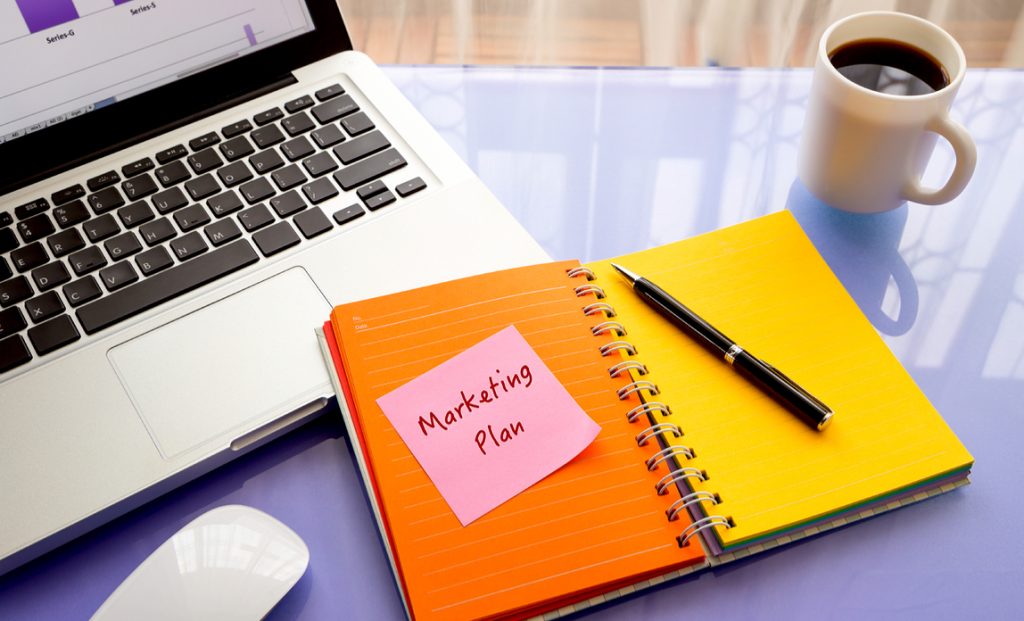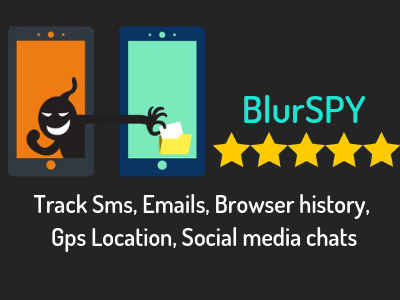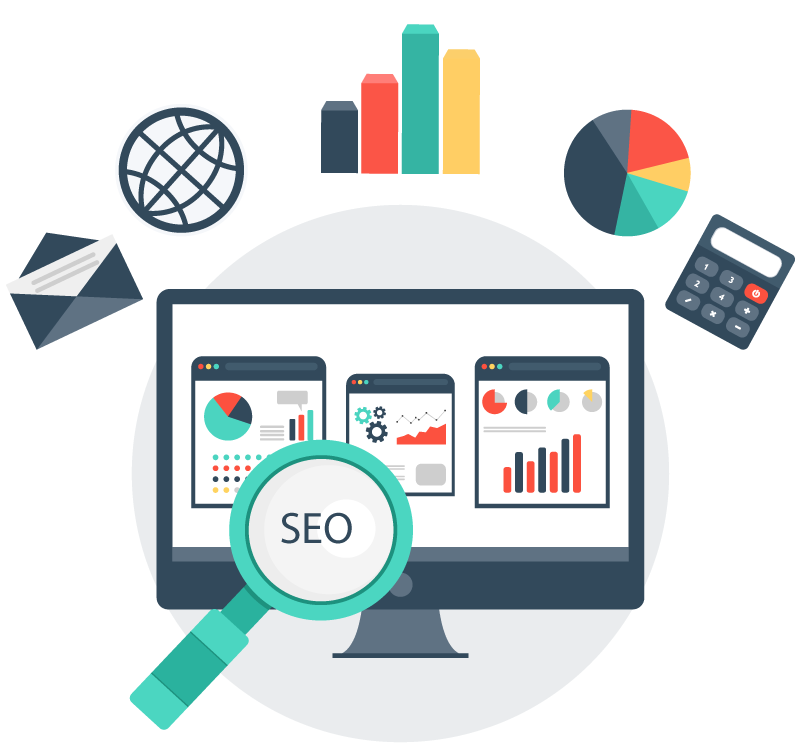
10 Kitchen improvement areas under $80
Kitchen and living rooms are an important part of every household. Partly because we spent most of our time here and partly because these are the rooms where we introduce our guests. Remodeling or refurnishing kitchens can be a costly affair. Hence we have prepared a list of 10 kitchen improvement ideas that are budget-friendly and can assist you in changing the appearance of your kitchen. You can also request free catalogs via mail for similar solutions.
- Paint the cabinets
Instead of replacing the whole set of cabinets, you can revamp your existing set of cabinets by painting them with trending colors that go well along with other elements of your kitchen. With proper prep, you can achieve the desired results. Fill in the gaps with putty, polish surfaces with sandpaper, and let the paint dry completely to have smooth finish and texture. You can repaint your cabinets for just $70 to $75.
- Change hardware
Replacing handles and knobs of the cabinets is also a good idea as they are subjected to wear and tear with constant use. You can opt for an antic or rustic look just by changing knobs and handles of the cabinets.
- Revamping sink
Polish your sink with the help of sandpaper and paint it with the spray paint that is meant for metal surfaces. This will give your sink new look for considerable less cost when compared to buying new sink altogether. You can also replace old faucets with stylish and sophisticated ones according to your taste.
- Creating Attractive Backsplash
You can give your kitchen a beautiful and attractive look by utilizing Vinyl peel-and-stick flooring box which cots only $40. All you will need is vinyl flooring box, box cutters, levels to draw straight lines, measuring tape, and Loctite Power Grab which you will apply to the vinyl floor before pasting it to the wall. Loctite Power Grab ensures that vinyl floor tiles are secured tightly against the wall.
- Play Dressup
Change old, dull and rugs and curtains with trending colors, prints and patterns. Go for bold and bright prints for Bohemian theme, Aztec or geometric patterns for contemporary or warm and bright hues to give a rustic feel. You can also replace old and heavy rugs with runners and seat covers. Changing upholstery can give your kitchen an overall revamped appearance without having to spend much.
- Lighting
Proper lighting can be a complete mood changer. Instead of going for large and expensive chandelier, buy simple vintage lamps that cost around $20 each. Choose fancy, rustic, modern or chrome lamps that are affordable and also suit your personality and range between $30 to $70. You can also utilize a simple string of led lights that can illuminate dark space below the shelves and cabinets without you having to break your bank.
- Remove clutter
Removing clutter from your kitchen won’t cost you a penny and it will also make your kitchen more spacious, tidy and manageable. So give away all the utensils, appliances and chinaware that no longer serve you in the kitchen.
- Spruce the countertop
You can revamp your countertop with marble, zinc, wood or stain resistant material that too without breaking your budget. Sealed countertops made of wood like walnut, imbuia or anigre are durable in nature as they are sealed with acrylic finishing. Other durable materials that can be utilized are glass top, zinc, Oak slab, etc. You can choose one which suits your requirements and aesthetics of your kitchen.
- Install a chalkboard
Turn empty wall or fridge door into a chalkboard with the aid of magnetic primer and chalkboard paint. It costs you only $30 and also makes the kitchen more functional.
- Expand storage
Get a dish rack or turn cluttered drawers, empty walls and used cabinets into storage for books, pantry, extra dishes, chinaware, etc. Costs of this depend upon the size and area of the storage.
Final verdict
There are many ways and DIYs which let you improve the aesthetics off your kitchen without you having to spend hoards of money for the same. Whether you opt for changing upholstery, hardware, countertop, storage or paint sinks and cabinets depend on your requirements, taste, and overall theme of the kitchen.

























 Many companies are now focusing on the importance of search engine optimization for the promotion and marketing of their business. Business owners, however, need to weigh the pros and cons of using their in-house team to do the SEO for their website or should they hire an outsourced company for the same. Experts in the field of search engine optimization say that both in-house and outsourced search engine optimization has their advantages and disadvantages. The business owner needs to look into them before he/she makes the final choice. In order to ascertain whether in-house SEO or outsourced SEO companies will work for you, it is vital to make a list of your needs and expectations when it comes to the choice of using in-house SEO or outsourcing an SEO company for the task. As a business owner, you should examine both of these models in detail before making the final choice.
Many companies are now focusing on the importance of search engine optimization for the promotion and marketing of their business. Business owners, however, need to weigh the pros and cons of using their in-house team to do the SEO for their website or should they hire an outsourced company for the same. Experts in the field of search engine optimization say that both in-house and outsourced search engine optimization has their advantages and disadvantages. The business owner needs to look into them before he/she makes the final choice. In order to ascertain whether in-house SEO or outsourced SEO companies will work for you, it is vital to make a list of your needs and expectations when it comes to the choice of using in-house SEO or outsourcing an SEO company for the task. As a business owner, you should examine both of these models in detail before making the final choice. The following are the advantages of outsourced SEO agencies: 1. Outsourced SEO agencies have a team of skilled, qualified and experienced SEO experts in the field and so you have specialists working on your website. They will always be aware of the latest SEO trends and tools that are in demand in the current market. They invest money in attending seminars, workshops and training programs on a regular basis so they can offer top-quality services to clients. They create winning strategies as they are familiar and experienced with the current SEO trends. 2. These
The following are the advantages of outsourced SEO agencies: 1. Outsourced SEO agencies have a team of skilled, qualified and experienced SEO experts in the field and so you have specialists working on your website. They will always be aware of the latest SEO trends and tools that are in demand in the current market. They invest money in attending seminars, workshops and training programs on a regular basis so they can offer top-quality services to clients. They create winning strategies as they are familiar and experienced with the current SEO trends. 2. These